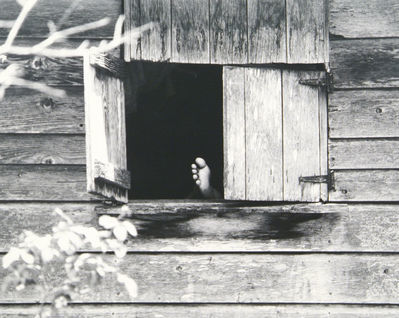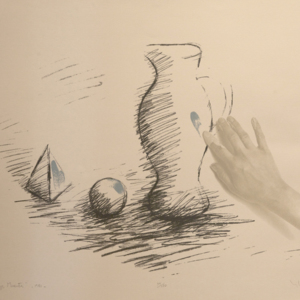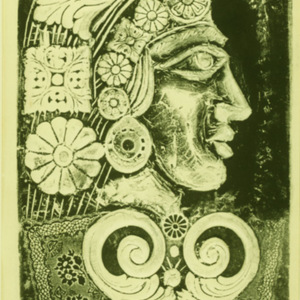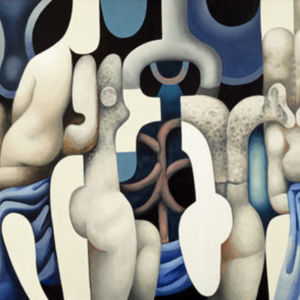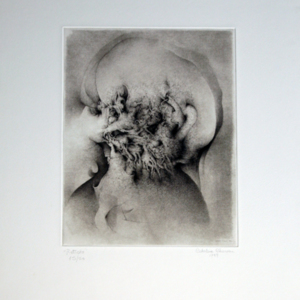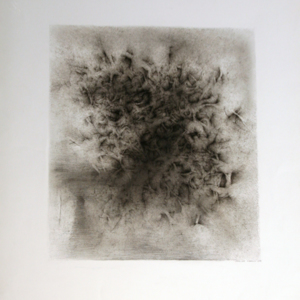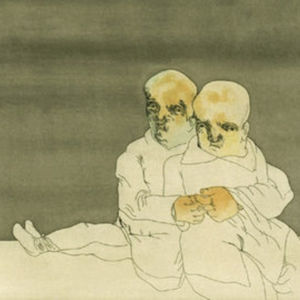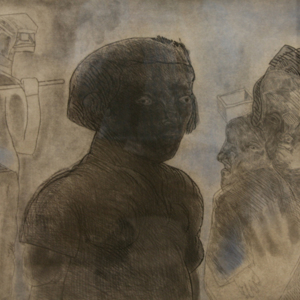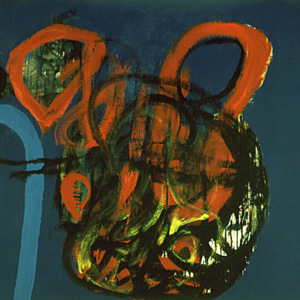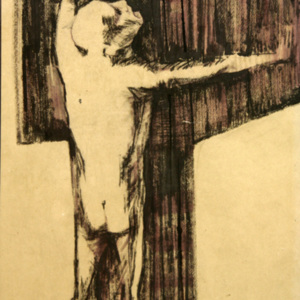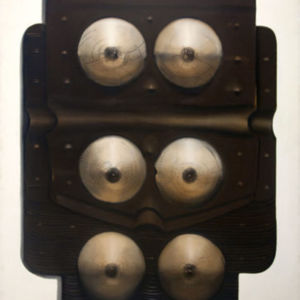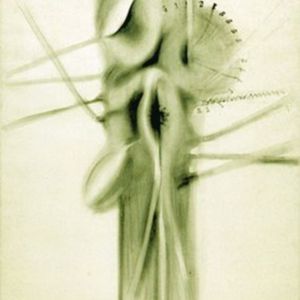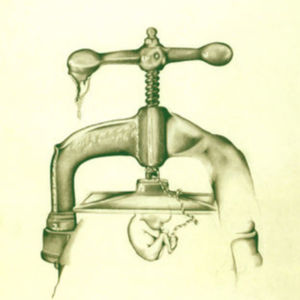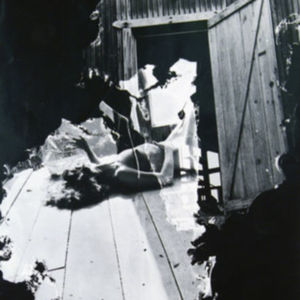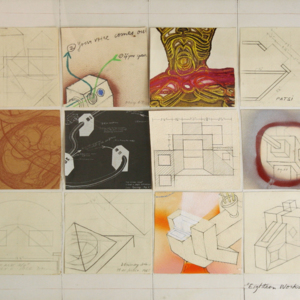Bodies in Exile
“It is the unhealable rift forced between a human being and a native place, between the self and its true home,” the noted Palestinian intellectual Edward Said reflected of his experience of exile and its “crippling sorrow of estrangement.” Both an internal and an external state of being, a form of punishment and of displacement, exile is at once elusive and everywhere. Exile impinges upon our essential identities—singular and collective—by force of geographic, and often psychic alienation. Among the legacies of the Cold War in Latin America were waves of exile and migration wrought by cycles of dictatorship and revolution, and their aftershocks have long since reverberated across bodies both national and human in kind. The objects amassed under Bodies in Exile probe the somatic traces of homelessness and estrangement, exploring the recesses of the mind as well as the different captivities and defense mechanisms of the body itself.
Gendered and mutant, fragmented and psychological, the exilic body assumes myriad shapes and textures. The parceling of the body into pieces, seen in the work of Ronnie Carrington and Liliana Porter, betrays the affective power of touch: a single fingerprint, a disembodied foot. Flesh is turned to stone in Mario Carreño’s elegy of part-bodies; it becomes coolly metallic, and mechanical, in the work of Cecilia Mattos. The anatomical metaphor continues its course through Juan Downey’s hyper-masculine, robotic bodies, their measured geometry countered by the polymastic armor of Agustín Fernández’s Las tres gracias. In the work of Fernández and Frieda Medin Ojeda, the erotics of the female body in exile become suggestively transgressive; sublimated in Antonio Berni’s Ramona, a fictional seamstress-turned-prostitute, they take on Boschian proportions in the mindscape of Eloisa Castellanos. The complexities of psychic internment and neurosis surface finally in graphic works by Catalina Chervin, José Luis Cuevas, Roberto Estopiñán, and Raquel Forner that probe the cogitations of mind and body—disfigured and surreal, doubled and trapped.

